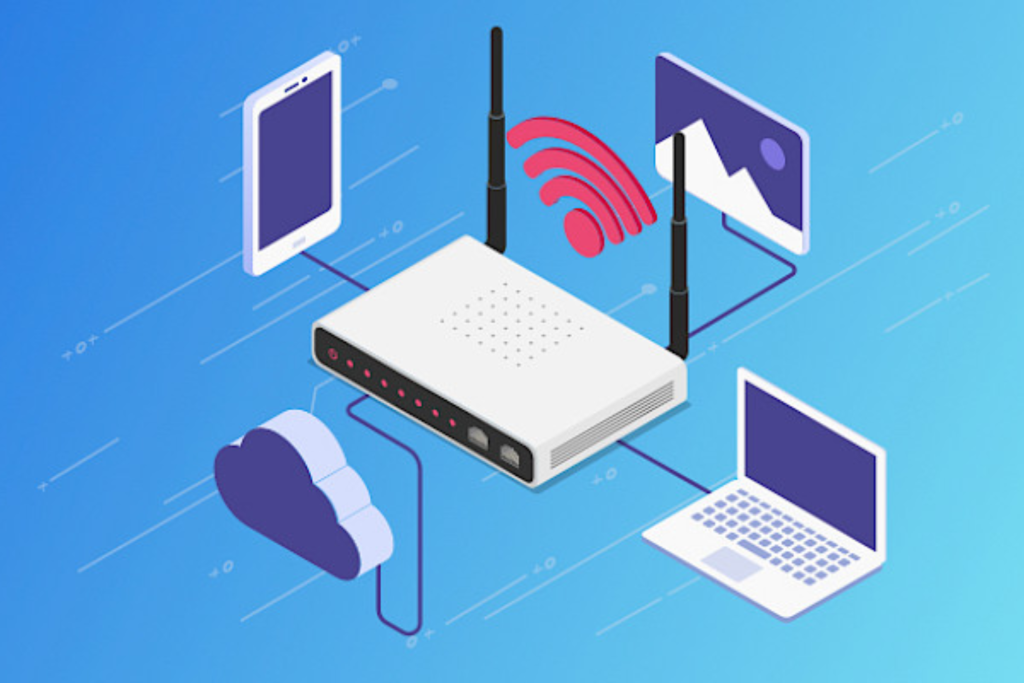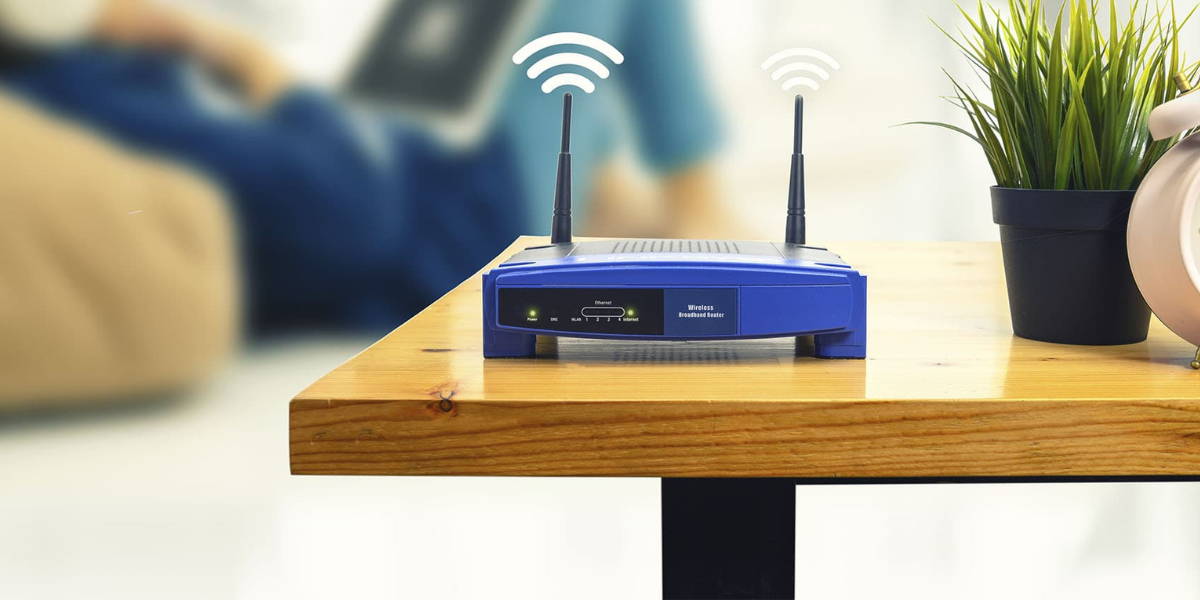On the off chance that you’ve overlooked your router’s password, gained a pre-owned router, or are simply assisting a companion with their arrangement, you can reset the router’s password to its industrial facility default.
Routers ensure their web interfaces—where you can configure their networking, parental control, and port-sending settings—with a default username and password. You can change these default passwords to something more verify, however, then it’s on you to recollect the accreditations you’ve utilized. In case you’re working with a router for which you don’t have any idea about the password, you’ll have to reset the router to utilize its default settings, and afterward, find out what those default certifications are.
Find the Default Username and Password
Before resetting your router to its default settings, you should first take a stab at utilizing the default username and password to sign in. It’s conceivable that they never showed signs of change in the first spot. What’s more, since resetting the router resets the entirety of its settings, it merits attempting those default certifications first. Furthermore, you’ll need them in any case on the off chance that you wind up resetting the router to its plant default settings.
There are a few different ways to find this data:
- Router’s manual: Different models of routers—even ones from a similar maker—regularly have diverse username and password blends. To find the default router username and password, look in its manual. In the event that you’ve lost the manual, you can regularly find it by scanning for your router’s model number and “manual” on Google. Or on the other hand, simply look for your router’s model and “default password”.
- Sticker on the router: Some routers—especially those that may have originated from your Internet specialist co-op—transport with exceptional passwords. These passwords are now and then imprinted on a sticker on the router itself.
- Try a most used username and password: By default, numerous routers utilize a clear username and the password “admin” (don’t type the statements), the username “admin” and a clear password, or “admin” as both the username and password.
On the off chance that the default accreditations for the router don’t get you in, at that point you’ll require reset the router to it’s manufacturing plant default settings, with the goal that you can utilize the default certifications.
Reset the Router to Factory Default Settings
Routers have a little, shrouded button you can press to reset the router to its default production line settings. This resets any configuration transforms you’ve made to the router—sent ports, network settings, parental controls, and custom passwords all get wiped away. After the reset, you’ll have the option to access the router with its default username and password, however, you may need to invest some energy in configuring the router once more.
The specific procedure (and area of the reset button) fluctuate from router to router. For best outcomes, counsel your router’s manual for any model-specific directions. In any case, the procedure is commonly the equivalent on most routers.
First, take a gander at the back (or maybe the base) of the router. You’ll see an exceptional catch marked Reset. This catch is regularly situated in a discouraged opening, known as a “pinhole,” so you can’t unintentionally squeeze it.
To reset the router, you’ll have to squeeze this catch (while the router is associated with force) and hold it down for around 10 seconds. After you discharge the catch, the router will reset itself to the manufacturing plant default settings, and afterward reboot. On the off chance that the catch is situated in a pinhole, you’ll have to utilize a twisted paperclip or another long, tight article to press and hold the catch.
Subsequent to resetting the router, you can sign in with the default username and password.
Port Forwarding
Would you simply like to open the router’s web interface and forward ports for a server, game, or other kind of networked program? Provided that this is true, you don’t really even need to know the password. This stunt is additionally valuable in case you’re utilizing another person’s network and don’t approach the password.
This works on the grounds that numerous routers bolster Universal Plug and Play (UPnP), which permits programs on your PC to approach the router to open ports for them. On the off chance that UPnP is empowered on the router, it will naturally open the port.
On the off chance that a program bolsters this alternative, you’ll for the most part find it in its association settings close by the port configuration. NAT-PMP, which you may likewise observe, is a comparable method for consequently sending ports, however, fewer routers bolster it.
In the event that you utilize a program that does exclude incorporated help for UPnP, never dread it. You can utilize a program like UPnP PortMapper to rapidly advance ports from a work area application. You can advance any ports you like.
When you’ve reset the router’s settings, you can sign in with the default username and password and change its password from its web interface.

